NIL
Wisconsin HS Athletes Allowed Profit From NIL
Wisconsin high school athletes are now authorized to enter into deals to make money off of their name, image and likeness. The Wisconsin Interscholastic Athletic Association approved the new provision Friday at its annual meeting. Deals cannot include school team uniforms and carry other restrictions. The new rule is effective in May. 10
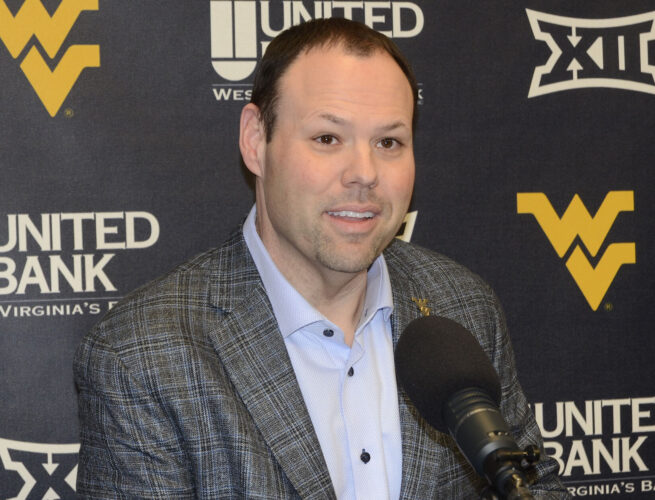

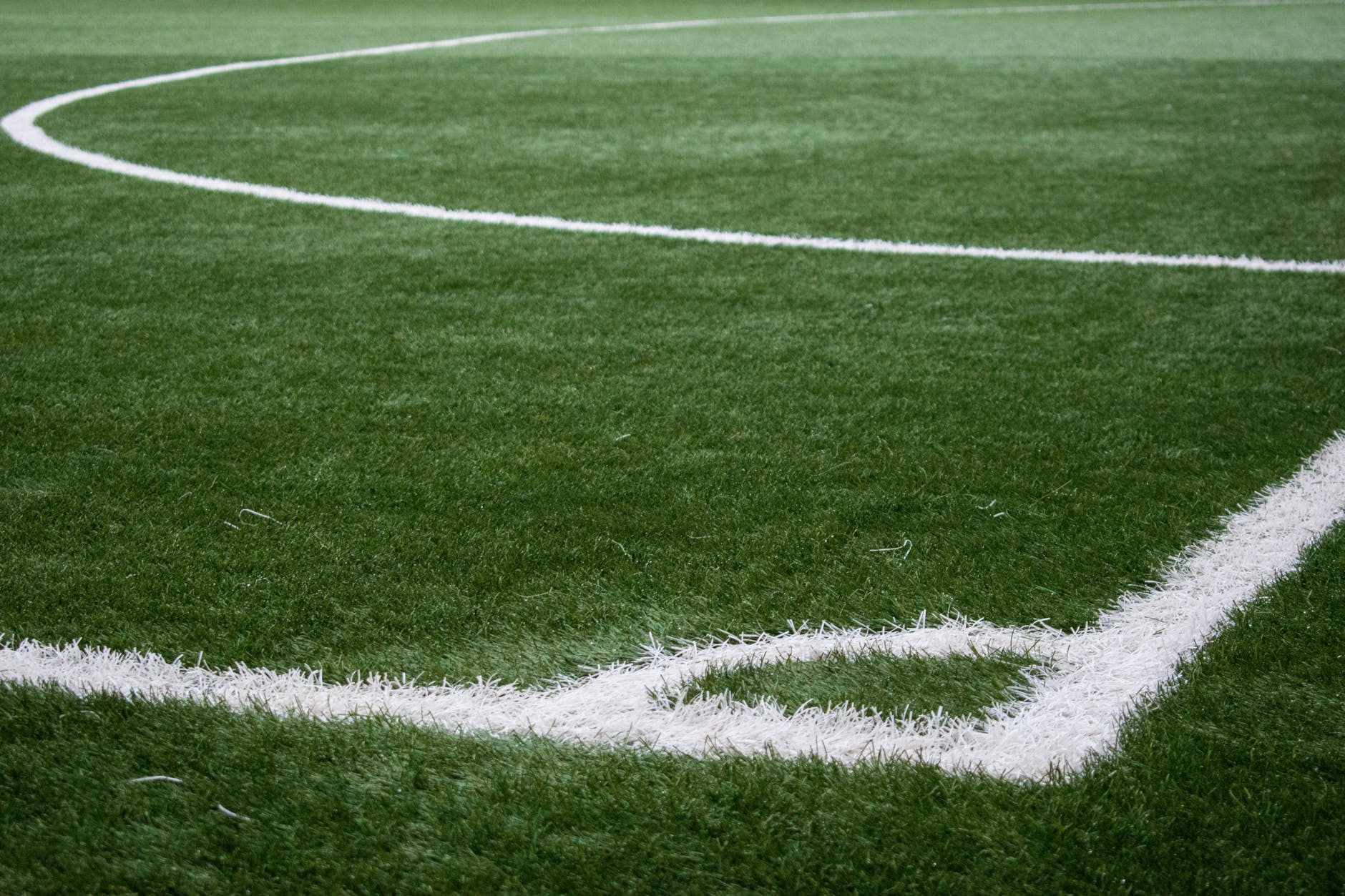
Wisconsin high school athletes are now authorized to enter into deals to make money off of their name, image and likeness.
The Wisconsin Interscholastic Athletic Association approved the new provision Friday at its annual meeting. Deals cannot include school team uniforms and carry other restrictions. The new rule is effective in May.
NIL
Ex-Tennessee football player Grant Frerking described as ‘unscrupulous liar,’ ‘phony’ over alleged financial misdeeds
Grant Frerking, the former Tennessee football player who rose to fame as a teenage CEO of his own company, is accused of being involved in multiple financial scams, according to a report Thursday by KnoxNews.com. The 26-year-old Frerking, a walk-on wide receiver for the Volunteers from 2017-22, has been evicted from two Nashville apartments after […]
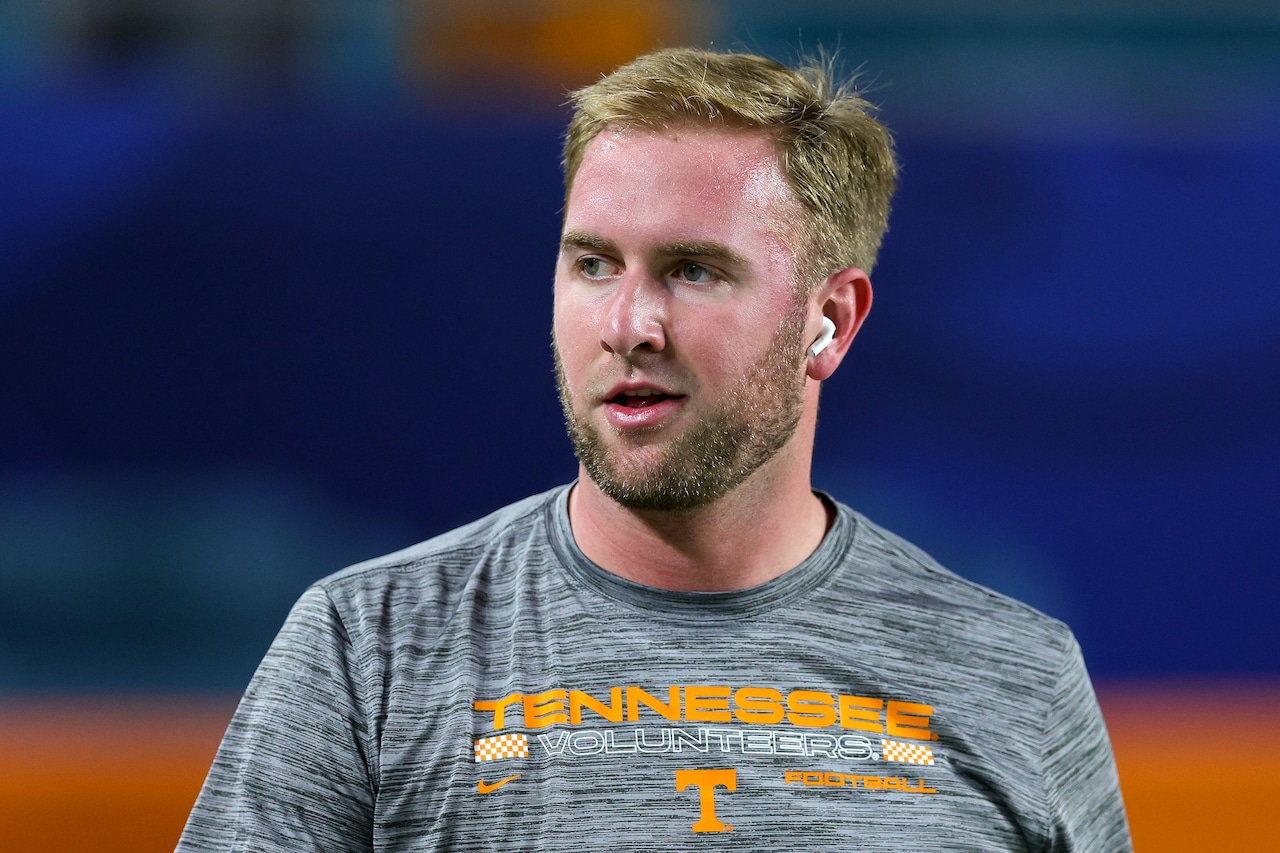
Grant Frerking, the former Tennessee football player who rose to fame as a teenage CEO of his own company, is accused of being involved in multiple financial scams, according to a report Thursday by KnoxNews.com.
The 26-year-old Frerking, a walk-on wide receiver for the Volunteers from 2017-22, has been evicted from two Nashville apartments after failing to pay more than $16,000 he owed for rent. He is also reportedly accused of pretending to work for Metro Straw, the Atlanta area lawn supply company he founded when he was still a teenager but has not formally been associated with for nearly four years, while still collecting payments but not delivering products as promised.
In addition, Frerking has allegedly begun to borrow money from former Tennessee teammates without paying it back. One former customer of Frerking’s described him as a “phony” who “needs to be exposed.”
“Grant Frerking is a lying unscrupulous SOB,” Georgia resident Doug Proctor told KnoxNews. “All the time he bills himself as a star football player at Tennessee as well as a gifted businessman. What a phony! He needs to be exposed.”
Frerking’s alleged financial misdealings have cost him his job at On3, where he worked in the media company’s NIL space as Director of Athlete Network Development. On3 CEO Shannon Terry announced Wednesday (without mentioning Frerking’s name) that Frerking no longer worked there due to “blatant violations of [On3’s] internal standards and values.”
Frerking played in a total of 13 games in six years with the Volunteers, catching three passes for 12 yards. He joined the team under coach Butch Jones in 2017, and also played for Jeremy Pruitt and Josh Heupel.
After the NCAA allowed players to cash in on their Name, Image and Likeness beginning in 2021, Frerking became a frequent talk show guest due to his burgeoning business career. He made numerous appearances on the SEC Network’s Paul Finebaum Show to discuss Tennessee football and/or the impact of NIL on college athletics.
Frerking has also been frequently spotted on the sideline at Tennessee home games and has been photographed celebrating major Volunteers victories alongside players and coaches (such as the 2024 College World Series and the 2024 victory over Alabama) since his playing career ended in 2022, though he is not employed by the school. KnoxNews reported that he is regarded as a Tennessee booster who has made undisclosed financial donations to the athletic department and also served on the board of one of the school’s early NIL organizations.
All the while, Frerking allegedly continued to solicit payments for Metro Straw, though he apparently left the company in 2021. Various online reviews of Frerking label him as “the most unscrupulous liar” and accuse him of “theft.”
You can read the full KnoxNews report HERE.
NIL
Reebok’s basketball revival strategy: CEO Todd Krinsky on Angel Reese, Shaq
Todd Krinsky’s life’s work has been to make Reebok a preeminent shoe company. It’s no exaggeration. He has spent almost 33 years at the company, working his way up from the bottom to the top, where he now sits as the CEO of Reebok. Last year, the company announced that it was relaunching its basketball […]
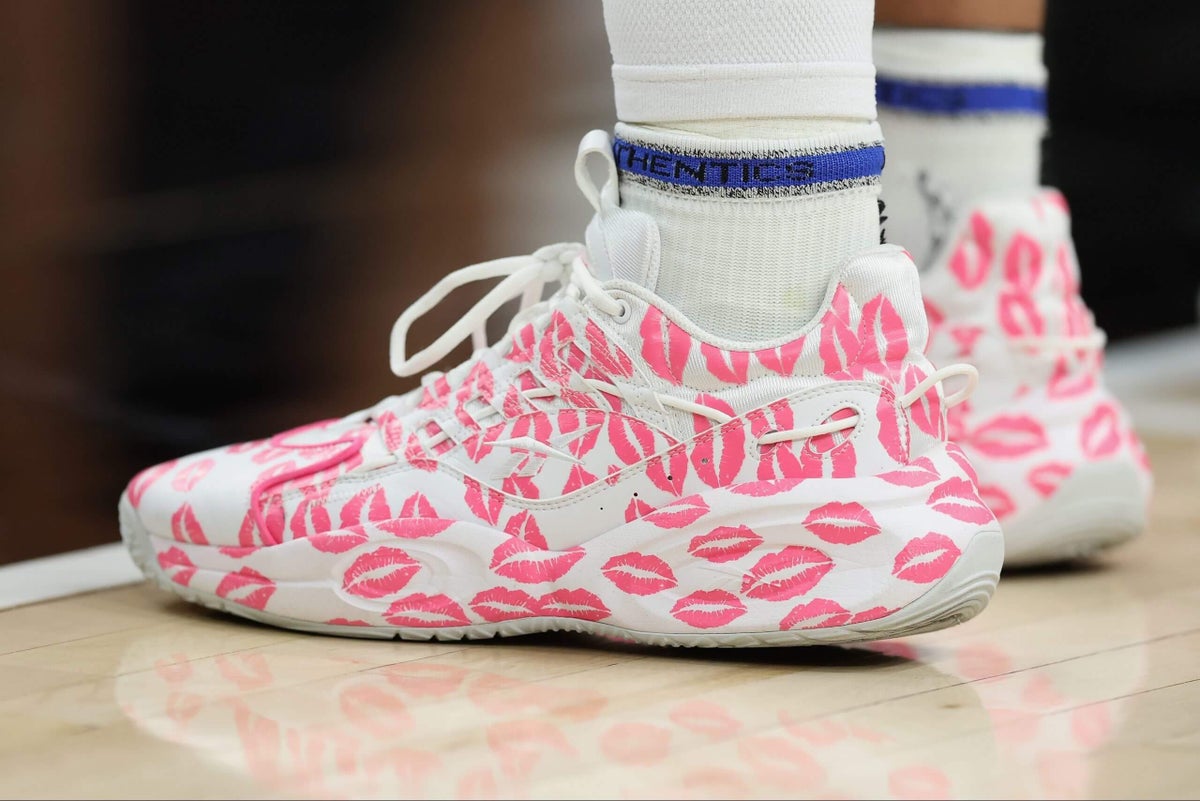
Todd Krinsky’s life’s work has been to make Reebok a preeminent shoe company. It’s no exaggeration. He has spent almost 33 years at the company, working his way up from the bottom to the top, where he now sits as the CEO of Reebok.
Last year, the company announced that it was relaunching its basketball division, marking a return to an industry it had once been a vital part of. In the 1990s and early 2000s, Reebok was a significant player in the basketball sneaker market, buoyed by its relationships with Allen Iverson and Shaquille O’Neal. Then it went dormant for nearly two decades after it was sold to Adidas and went through a retrenchment.
Now, Shaq is back as president of the basketball unit, and Reebok is trying to become a force again, starting with a high-profile endorsement deal with Angel Reese. Krinsky spoke with The Athletic about how it’s trying to do that, why it’s trying to take a different approach to gaining customers and where NIL and Reese fit into that picture.
This interview has been edited for clarity and length.
Basketball is a crowded sneaker and apparel ecosystem right now. Do you think you can be successful here? What does success look like?
The brand has always been a little more irreverent. We take a little bit more of a not-so-serious approach to the games. We embrace the culture of the game more. We embrace the lifestyle of the games. It’s what we (are) historically known for. And I think this is something we want to get back to.
I think we’ve also really been good at building icons. We’re not going to have half the league wear Reebok. That’s not our goal. Our goal is to really sign some unique personalities and build an icon business with a few athletes.
So I think it’s crowded. I think we’ve got great innovations. I think we’ve got a really strong institutional knowledge on building great product for athletes. And then I think we’re going to really break through with our kind of tone and the way we tell stories around the culture and the game. So we wouldn’t be getting back into it if we didn’t see a sharp line of sight.
But what success looks like for us is to be a major player again. We just launched the Netflix show, and one of the things Shaq says is, we were never No. 1, but we weren’t three either. We were right up there. And I think that’s our goal, to get back to being a major, major player again.
When you’re talking about tone and the players that you want to sign that have personality, how does that translate into selling shoes?
Intuitively, the brands that sell the most shoes are the ones that have the strongest connection with the consumer. And I think with today’s consumer, storytelling is so important. Cultural currency is so important. It’s not just about signing a player and hawking a shoe. That worked in, like, the ’90s.
I think it’s more now you have to be creative with what you’re saying, about why you signed the player and how the shoe came about, and what’s the story behind the product, and why these brands and the player got together. Storytelling is the most important currency in our industry today.
Angel Reese is the first basketball player you signed after relaunching the basketball brand. And she’s getting her signature shoe. Has that been announced when that’s coming out?
It’s going to be later in the season, this season.
Why is she the basketball player that you’re building around, and how does that fit into the larger storytelling and business arc?
If you think about when we’ve really been successful, it’s been having these bigger-than-life personalities that are embracing on- and off-the-court culture. Shaq was like that. He was larger than life. He wasn’t just a center. He transformed the game. And he had this bigger-than-life personality. Allen Iverson, we signed him in ’96. Obviously, he changed the way players look and dress. He changed the culture of the game. And I think that’s what Angel is.
Angel is a provocative disruptor. But she doesn’t do it just for clicks or whatever. She does it because she really has this very, kind of unique, rebellious attitude. And those are the type of athletes that — athletes have something to say. Athletes are more than just athletes, away from the court. That’s the formula of what’s really worked for us in the past, so we can build these icons, and she’s definitely one of them. She fits the Shaq/AI mentality.
She dominates the paint. Now she’s redefining style. Introducing the Angel Reese x Reebok collection—a bold mix of performance and unapologetic personality. Hoops meets high fashion. Game on. https://t.co/WvlsneAoxG pic.twitter.com/cBQojoRt1b
— Reebok (@Reebok) May 1, 2025
How much is the WNBA and women’s basketball a part of your core strategy?
I think back when we were in basketball before, it was like: You do the NBA, and WNBA may be a little bit of an afterthought. You have a player or two. I think the WNBA now is right in the center of everything we’re doing. It’s not like one or the other. WNBA, NBA, male, female athletes — we’re looking at the whole landscape of basketball. What’s going to move culture the most?
I would say the WNBA is right at the core of what we’re doing. We’ve got Angel, we’ve got the other athletes, like Dijonai (Carrington), we’ve signed. We’re going to sign more WNBA players as we go. I just think it’s an interesting time where the people are really, finally, respecting the play more than ever. And I think the players are embracing it with their own tunnel looks, and their own stories, and their own shoes now. That there’s so many signature shoes now in the women’s game, it’s awesome.
When my daughter played, it was like, there’s one or two choices or you were wearing a men’s shoe. And now it’s a totally new game now, which is great for the next generation of young girls as well.
With Shaq in particular, he is the president of your basketball division. And as you said, he is a TNT analyst, and he’s also the GM of basketball at Sacramento State. I see him in a commercial for I don’t even know how many things on TV. What’s the realistic commitment that he’s able to make to Reebok?
To be honest with you, it’s been unreal. I don’t know how he has enough time in the day, but I know he’s really passionate about this. And his name’s on it. We do FaceTime calls almost every week. He’s talking to a young player every two to three weeks. He’s calling me and saying, ‘Hey, we’re going to FaceTime this kid’s parents.’ And he’s in meetings. I mean, he really, really is committing time to this. And you’ll see it in the show, in the Netflix show, you see that he’s really engaged in meetings with the team.
Sometimes I say to him, I don’t know where he gets the time because he’s like, 24/7. I think it’s because he’s passionate about Reebok. I think it’s because his name is attached to this publicly that he’s really putting a lot of time into it.
I think your only NBA endorser right now is Matas Buzelis, right?
Yeah. We also have Tre Mann, who wears Iverson’s product. He’s a big Iverson fan, so we decided for him to wear Iverson’s product. But, yeah, that’s who we have right now. We’ve got a couple of young kids that are going to play in college this upcoming year, like Nate (Ament) and Darius (Acuff), and then we’re still looking for some other players, too.
With all due respect to Matas and Tre Mann, they don’t scream like great endorsers. Or I doubt someone you throw into a commercial, right? What’s your roadmap for adding more NBA players?
I think it’s a fair statement. Listen, the first thing we were trying to do was to emotionally connect again and to get young. So the players that we’ve signed, like Nate Ament and Matas, these are young kids that we really feel speak to who we want to be as a brand.
We didn’t want to go out right away first day and sign some big NBA player. We wanted to connect a little more emotionally with some of the work you’re seeing, have younger players wear the product first and then start to build the roster. We’re hoping that a lot of the young players we’re signing: Grow with us and become big NBA players. But we’re in year one of a pretty long journey, and the goal was to be young.
You’re saying you want to be associated with the young players. You want to build these almost grassroots relationships and position yourself a little bit differently. How do you go about doing that in terms of marketing Reebok?
We’re going to have marquee players wearing our shoes, but we may not have the traditional 30-second TV ad with the shoe. We believe that young basketball players today are consuming content a lot differently, and so we want to bring them along (on) the journey with us. Even when we launch signature products, it’s going to be a little bit different. It’s going to be more through the TikTok angle and more through these young players that we’re signing helping us tell the story.
So our first move was to sign Angel, who we feel is a great story, who has a backstory with Shaq, and to start with her as the first player. And now we’re signing more players, but the content is just going to be a little bit different. We’re going to be doing 10-second, 15-second, 20-second stories, versus a typical 30- or 60- (second) ad. And we’re going to build up to something.
We just feel like when you re-enter something like basketball, the idea of going out and spending $7 million on a player and then doing the shoes is so, I think, predictable, and I don’t think that’s where the young kid is today. We want to take it slow. We have some time to build this. We want to create the cultural currency with the athlete again.
What do you actually get out of the NIL deals with high school and college basketball players?
I think you definitely see results when they’re in high school and college. I think that the community of basketball today, through social media, is so small that all the young players that we’re trying to connect with — meaning the ones who will buy our shoes — they all look at Nate (Ament), they all follow Nate. They follow Darius (Acuff). They follow their stories.
We know this when we talk to kids. When you sit around about 10 (or so) 16-year-old kids, you say, “Who are you really following right now?” They’re going to mention a bunch of high school kids or freshmen in college, maybe before an NBA player at the time, or with NBA players.
So I think the business is getting younger and younger. And if you’re a great high school player or a great freshman or sophomore in college, you are influencing a culture maybe as much, or in some cases, close to some of the best NBA players.
When you’re signing Nate Ament or Darius Acuff or you’re getting into this NIL space, how does the cost of signing a high school or college player compare to the cost of signing an NBA player? Are they earning the same in a shoe deal? Or are they earning half as much? How do those numbers compare?
If you are a big-time signature NBA guy with a Nike or Adidas or a Puma, you’re definitely making a lot more money. That’s definitely a different stratosphere. But if you are a kind of good NBA player that has a shoe deal, and you are a really good NIL player, the numbers can be very similar.
Then a lot of times what happens is you sign an NIL player, and then you can sign him while he’s in school, but you can also sign when he gets to the league. You can have one deal, and you have all types of stipulations about what will happen when he gets to the NBA. So you lock him up when he’s in high school or college, and then when he turns pro you have an agreement with him. It becomes like a new agreement with different stipulations, but you have like a long-term contract you can do. You don’t just have one from college. … If New Balance signs Cooper Flagg, who went to Duke, they’ve already figured out when he becomes a pro. We’re doing those deals as well.
But the NIL deals are very lucrative deals now. Again, it gets back to what I said earlier: Why would it be? Because a young, top-10 high school player that has highlights every week and is being recruited by the best schools in the country can be as influential as a starting-five player in a major market in the NBA.
(Photo: Christian Petersen / Getty Images)
NIL
Gatorade F1 Academy Women's Racing Deal
A multi-year partnership sees Gatorade bringing its sports science expertise to F1 Academy, backing young female drivers with hydration research, sponsorship and performance support Gatorade has inked a multi-year deal with F1 Academy, becoming the first official sports drink partner of the all-female racing series. The partnership comes as F1 Academy experiences a surge in […]

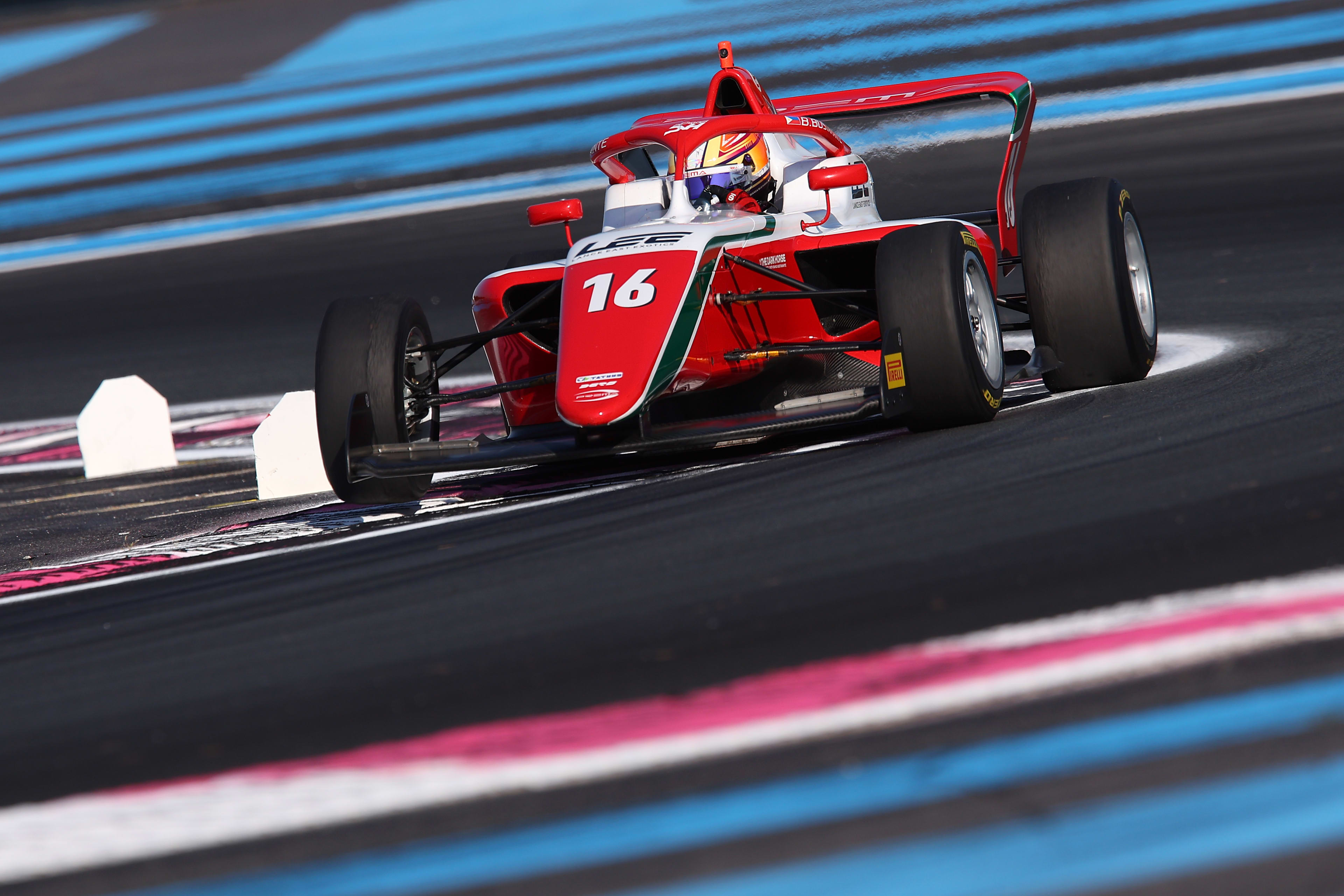
A multi-year partnership sees Gatorade bringing its sports science expertise to F1 Academy, backing young female drivers with hydration research, sponsorship and performance support
Gatorade has inked a multi-year deal with F1 Academy, becoming the first official sports drink partner of the all-female racing series.
The partnership comes as F1 Academy experiences a surge in global visibility, fueled by the release of the Netflix documentary “F1: The Academy.”
Starting in 2026, Gatorade will provide personalized hydration and nutrition guidance to F1 Academy drivers, drawing on research from the Gatorade Sport Science Institute. The collaboration will also include performance testing and hydration strategies designed to meet the physical demands of racing, where drivers can lose up to four kilograms of sweat in a single event.

The partnership, which runs through 2030, extends beyond technical support. Gatorade will also back a rising driver on the 2026 grid, sponsoring both their car and race suit.
“Partnering with F1 Academy is a powerful moment for Gatorade,” PepsiCo vice president of marketing innovation and hydration brands Umi Patel said. “Motorsport is one of the most physically demanding sports on the planet, where optimum hydration can be the difference between winning and losing. This partnership allows us to bring our decades of sports science expertise directly to the next generation of elite drivers. By supporting young women at the start of their motorsport journey, we’re not just setting them up for success at such a pivotal part of their career; we are encouraging them to see what is in them and fuel their drive and ambition for success. That’s what our Fuel Tomorrow initiative is all about.”

The Fuel Tomorrow initiative pledges to give 2.5 million teens access to sports by the end of the decade.
To mark the launch of the partnership, 16-year-old Mathilda Paatz will take the wheel of a Gatorade-branded race car at this weekend’s Canadian Grand Prix in Montreal.
“I’m beyond excited to have been selected as the Wild Card driver for Round 4 of F1 Academy at the Canadian Grand Prix, driving the Gatorade race car,” Paatz said. “Growing up, I was captivated by the theatre of racing – the energy, the passion and how drivers carried the pride of their teams. To now be racing on a Formula 1 weekend, with fans around the world watching, is a dream come true. I’m especially proud to partner with Gatorade, a brand that’s championed athletes at every level and is helping pave the way for the next generation of women in motorsport.”
Additional details about the partnership and Gatorade‘s planned involvement with F1 Academy drivers are expected to be revealed ahead of the sponsorship’s official rollout during the 2026 Formula 1 season.
“At PepsiCo, we believe in the power of platforms and partnerships to shape the future of sport – and to do so with purpose,” PepsiCo’s chief consumer and marketing officer Jane Wakely said. “This historic global partnership with F1, one of the world’s fastest-growing sports, is a bold step forward in our mission to fuel fandom, create culture-driving moments and incredible brand experiences on a global scale.”
NIL
Otega Oweh rejects narrative NIL changed college locker rooms
After going through the NBA Draft Combine/NBA Draft process, All-SEC guard Otega Oweh is returning to Kentucky for his senior season of college basketball. Oweh, who averaged 16.2 points, 4.7 rebounds and 1.7 assists last season, is set to be one of the premier faces of the sport this fall. That means he can once […]
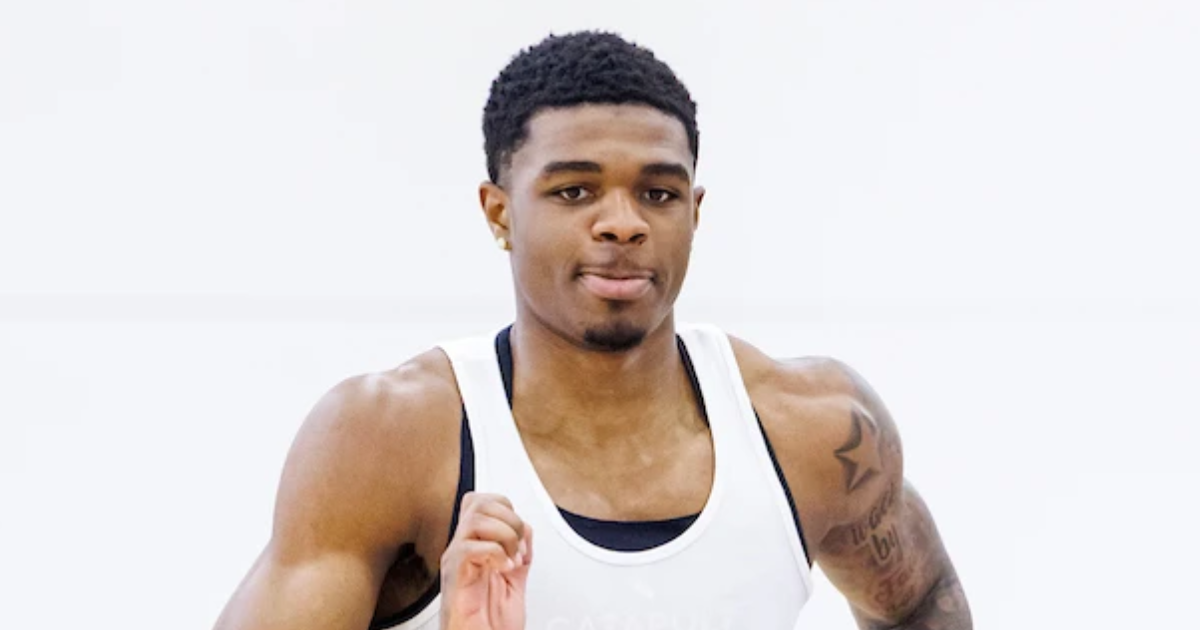
After going through the NBA Draft Combine/NBA Draft process, All-SEC guard Otega Oweh is returning to Kentucky for his senior season of college basketball. Oweh, who averaged 16.2 points, 4.7 rebounds and 1.7 assists last season, is set to be one of the premier faces of the sport this fall.
That means he can once again earn money through NIL. During a media opportunity on Tuesday, the Newark, NJ native was asked how NIL and money are changing college basketball.
“They’re paying us,” Oweh responded with a laugh. “That’s it. That’s a great thing for sure, but I don’t really be keeping up with the settlement stuff like that. As long as we’re getting paid, that’s good for me. Anything extra, that’s cool.”
The settlement Oweh is referring to is the House settlement. Judge Claudia Wilken approved that last Friday in the U.S. Northern District of California, marking a landmark decision in the history of college sports.
Since the NCAA was founded in 1906, institutions had never directly paid athletes. That will now change with the settlement ushering in the revenue-sharing era of college sports. Beginning July 1, schools will be able to share $20.5 million with athletes, with football expected to receive 75%, followed by men’s basketball (15%), women’s basketball (5%) and the remainder of sports (5%). The amount shared in revenue will increase annually.
That July 1 date is symbolic, as the NIL era began four years prior on July 1, 2021. That was the date that states enacting laws would allow college athletes to monetize their name, image and likeness rights. Since then, NIL collectives have formed, the transfer portal window was created and the House settlement was crafted.
“Nah, because when I came into college, that’s when NIL started,” Oweh said when asked if NIL had changed the locker room dynamic. “That’s what I’m used to, really. I’m a senior now, so the guys after me it’s going to be the same with them. It hasn’t really changed anything for me.”
Oweh, who currently has an On3 NIL valuation of $385k (thought that number is likely to rise), will be one of the senior leaders on Mark Pope‘s second roster at Kentucky.
Kentucky brought in the No. 2-ranked Transfer Portal class this offseason. The Wildcats signed guard Denzel Aberdeen (Florida), forward Mouhamed Dioubate (Alabama), guard Jaland Lowe (Pittsburgh), forward Jayden Quaintance (Arizona State), center Reece Potter (Miami OH) and forward Kam Williams (Tulane).
On3’s Pete Nakos contributed to this report.
NIL
Alex Lodise Wins Dick Howser Trophy as National Player of the Year
TALLAHASSEE, Fla. – Florida State baseball junior shortstop Alex Lodise has been named the 2025 recipient of the Dick Howser Trophy as the national player of the year. Lodise is the third player in program history to win the Dick Howser Trophy, along with outfielder J.D. Drew in 1997 and catcher Buster Posey in […]
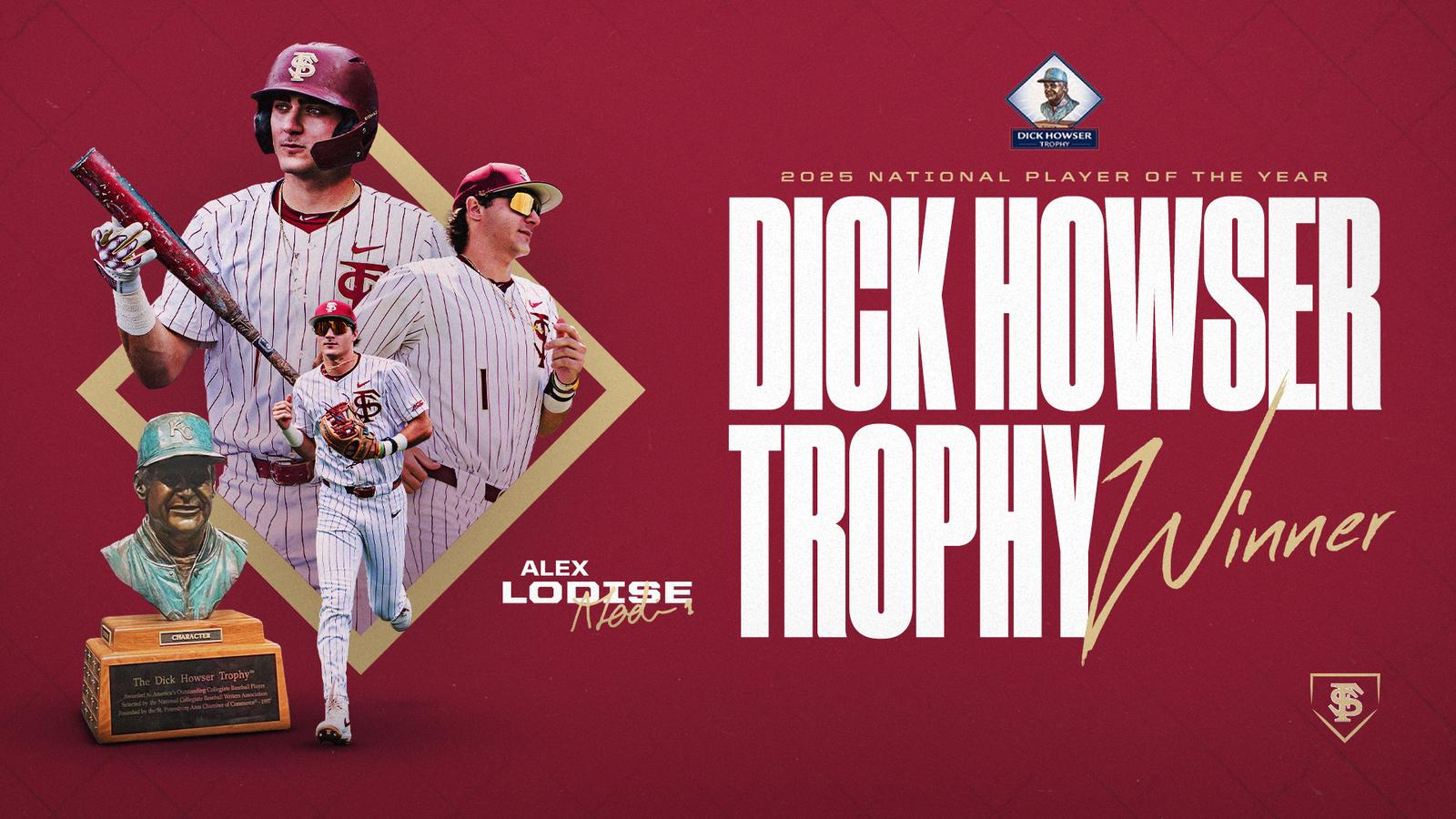
Lodise is the third player in program history to win the Dick Howser Trophy, along with outfielder J.D. Drew in 1997 and catcher Buster Posey in 2008. The prestigious award, presented annually since 1987 to college baseball’s best player by the National Collegiate Baseball Writers Association (NCBWA), is named after FSU All-American shortstop (1955-58) and head coach Dick Howser (1979).
A shortstop from St. Augustine, Florida, Lodise already is a two-time First Team All-American, by the NCBWA and Perfect Game. He also is a finalist for two other national player of the year accolades, the Golden Spikes Award, which recognizes the best amateur player in the country, and the Brooks Wallace Award, which is presented to the nation’s top shortstop.
One of the nation’s most prolific hitters and best defenders, Lodise had a breakout 2025 campaign. He ranked No. 9 in the country in hits (95), No 11 in total bases (170) No. 12 in hits per game (1.64) and No. 23 in batting average (.394). Lodise was third in the ACC in RBI (68), fourth in slugging percentage (.705) and fifth in triples (3). He hit 17 home runs, had 18 doubles, scored 62 runs with 27 walks and was a perfect 6-of-6 in stolen base attempts. With a .977 fielding percentage, Lodise was part of 34 double plays and committed just five errors in 216 total fielding chances.
While starting all 58 of FSU’s games at shortstop, Lodise had at least one hit in 48 of those 58 games played, with 31 multi-hit games. He notched three or more hits in 13 games, which is more than the number of times he was held hitless (10) and almost as many games as he had just one hit (17). Additionally, Lodise is believed to be the first player in major college or professional baseball history to complete the cycle with a walk-off grand slam. The historic performance to beat rival Florida in his hometown of Jacksonville on March 25 was one of seven game-winning hits for Lodise in 2025.
The ACC Player of the Year and ACC Defensive Player of the Year, Lodise also was named the NCBWA District 3 Player of the Year. An NCBWA and Perfect Game First Team All-American and named to the Southeast All-Region First Team by the ABCA, Lodise was recognized as the midseason National Player of the Year and the country’s No. 1-ranked shortstop late in the season. He was selected as a team captain in 2025 for the Seminoles.
His two All-America honors this week come after he was named to one Freshman All-America team in 2023 at North Florida.
Lodise helped the Seminoles to a second consecutive NCAA Super Regional appearance in 2025 with a 42-16 record. As they both earned All-ACC honors, FSU went 17-10 in the conference and finished in second place with a .630 winning percentage. The ACC runner-up finish and No. 2 seed at the conference tournament were the team’s best since 2014.
For more information on Florida State baseball, check Seminoles.com for the latest news and scheduling information, and keep up with the team on social media through Twitter/X and Facebook (@FSUBaseball) & Instagram (@NoleBaseball).
NIL
College football's hopes to rein in transfers with one portal window gaining momentum
With the House v. NCAA settlement finally approved, the people in charge of college football are turning quickly to the sport’s next potential rules changes. At the top of the list: moving to a single transfer portal window for football, instead of the current two in December and April. At SEC meetings last month, Georgia […]
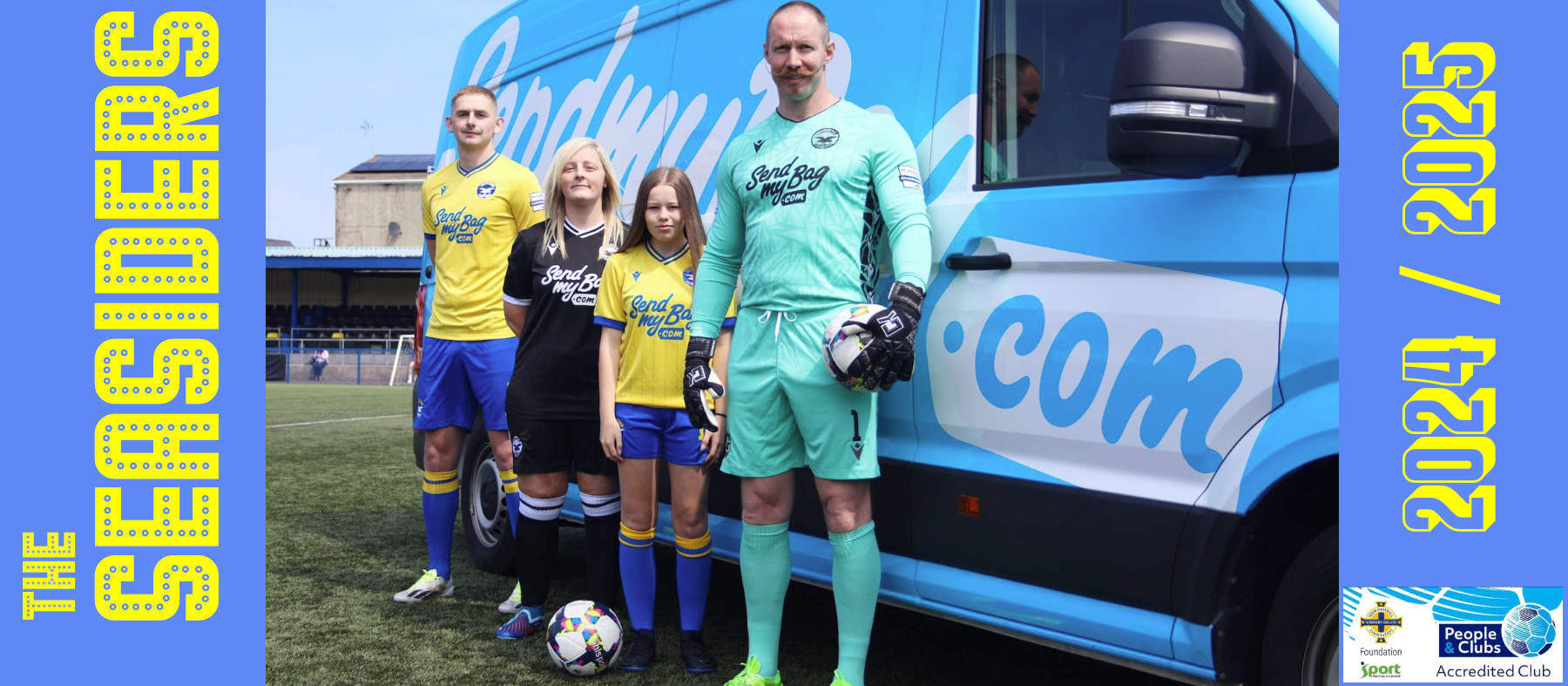

With the House v. NCAA settlement finally approved, the people in charge of college football are turning quickly to the sport’s next potential rules changes. At the top of the list: moving to a single transfer portal window for football, instead of the current two in December and April.
At SEC meetings last month, Georgia coach Kirby Smart called it “the biggest decision that has to be made in college football right now, by far, to me.”
Advertisement
During a call next Monday, its first meeting since the House settlement’s approval, the Football Bowl Subdivision Oversight Committee is expected to have a deep discussion on a single portal window. The hope is to come out with a recommendation and begin a path to solidify a change before the upcoming season.
“I’m confident we’ll get there,” committee chair and Buffalo athletic director Mark Alnutt told The Athletic.
But when would that single window be? And what would it mean for players and teams?
According to several people involved in the process, granted anonymity in order to describe the state of discussions before a formal decision, early January is the option with the most momentum; one person described it as an 80-20 split. At its annual convention this January in Charlotte, the American Football Coaches Association proposed the window run Jan. 2-12 beginning in 2026, following a unanimous vote of dozens of FBS head coaches in attendance.
That date would allow most schools to finish the season with their full team, a response to rising numbers of opt-outs from bowl games and even College Football Playoff teams losing players off their roster. It would also help set teams in place heading into spring practice, especially as rosters begin to shrink with the House settlement roster limits.
“I want January,” Texas Tech head coach Joey McGuire said. “I want to get my team, and I want to roll and get ready for winter conditioning, spring football, and take that team into the fall.”
The institution of a transfer window only restricts when players can enter the portal. They aren’t required to pick a new school in that time, though their prospective schools’ academic calendars may create a deadline.
One player agent, granted anonymity to discuss his work with players, told The Athletic he prefers January and tells his clients to avoid the spring portal anyway unless they’re an elite athlete. The agent was concerned that a later portal could cause kids to check out and create a limbo period, or that it would open up even more opportunities for springtime tampering.
Advertisement
“Kids are going to know they’re leaving before they even talk with their coaches,” the agent said. “With January, kids are home for the holidays, talk it over with your circle, people you trust, and if you leave, you can find a school and enroll in time for class. If it’s spring-only, you may have kids fall into a mental ditch.”
Not everyone is on board with a January portal window. Multiple people involved in the process said some power conference schools prefer spring, especially those whose academic calendars run on a quarter system and start class earlier in January, before the portal closes.
There’s also the issue of the portal opening and closing before the College Football Playoff ends. This past season’s national championship game took place on Jan. 20. Current rules give players an extra five-day portal window if their season runs long. Another player agent told The Athletic a client of his couldn’t schedule a transfer visit to Columbus in January because the CFP schedule bumped events around.
“If we didn’t have the second transfer portal window, it’s very, very difficult,” Ohio State coach Ryan Day said in February on “The Joel Klatt Show.” “We’re trying to make decisions about next year, yet our year isn’t even done yet. So that affects your current roster, and it’s just messy. I think you’ve gotta have two portals unless you’re finishing the season sooner.”
Smart, who supports a January window, said top programs would just have to handle it for the sake of everyone.
“It’s really hard to be playing in a championship setting and having to deal with that,” he said last month. “When I brought that up as a complaint or a problem, I was told there’s no crying from the yacht.”
A move to a single portal would be the latest in a long list of rule changes since 2021, when NCAA committees approved a one-time transfer with immediate eligibility in football and basketball. When players began entering the portal during the season, coaches asked for windows to restrict their movement. Fall and spring sports got two windows, while winter sports got one because they take place over two semesters. All sports’ windows lasted 60 days.
Advertisement
Then in late 2023, a series of lawsuits and court rulings forced the NCAA to allow players an unlimited number of transfers without sitting out, sparking a surge of player movement and leading to calls from coaches to shrink the windows they’d asked for. NCAA committees changed the windows from 60 to 45 to now 30 days over the past few years. A single 10-day portal in football would be the most dramatic change yet.
Athlete advocacy groups have pushed back on moving to a single portal window. Oversight committee members have tried to emphasize the benefits of stability. Messages left with multiple players on the Football Student-Athlete Connection Group were not returned.
“A single portal window likely reduces players’ leverage by limiting transfer timing options,” said Darren Heitner, a lawyer who represents numerous players. “Two windows allow more negotiation flexibility. One could rush decisions, especially for non-stars.”
There has also been discussion on the oversight committee about removing the automatic 30-day portal window for players who have a head coaching change, the theory being it would give a new coach an opportunity to convince players to stay before the regularly scheduled portal opens. But there is some concern that going too far in shrinking the portal could invite a legal challenge and create more problems than it solves.
Some also question whether portal windows matter. There is nothing to stop players from unenrolling at one school and enrolling at another like a normal student. In January, former Wisconsin cornerback Xavier Lucas, represented by Heitner, enrolled at Miami after Lucas said Wisconsin refused to let him in the portal. Wisconsin alleged Miami had impermissible contact with Lucas because he hadn’t gone in the portal and that he’d signed a two-year name, image and likeness deal with the school based on the pending House settlement.
“Enforcement is shaky, schools can block portal entry, even if it is against NCAA rules, as seen with Lucas,” Heitner said in an email to The Athletic. “Wisconsin appears to have escaped punishment, at least for the time being, despite the clear rules violation. He is eligible at Miami and practicing with the team.”
The oversight committee is also discussing changing spring football around that window, with a focus on an AFCA proposal of NFL-style OTA practices that would add six non-padded practices to the existing 15 practices, with the ability to spread the 21 workouts over two different flexible periods from January to June. If a single portal were instituted in the spring, this change would allow schools to hold more practice after the spring window closed. But other members of the committee told The Athletic they’re concerned about the mental strain of putting players through multiple spring practice sessions.
Advertisement
It’s also not yet clear who the oversight committee’s portal recommendation would go to. The Settlement Implementation Committee (made up of 10 athletic directors) handles post-House rules, and the NCAA is undergoing a larger governance change. One person involved in the discussions said the process is still under discussion.
Previous attempts to move to a single portal window have been stopped by athlete pushback, but the approval of the House settlement has college football’s leaders trying to regain control of the sport. Uncontrolled player movement is the most visible issue with the current system in the eyes of many coaches and fans. Momentum for a single window is strong, wherever on the calendar it lands.
“Do I think it’s better for a player? Not necessarily,” said the second agent. “But it makes logical sense for the sport.”
(Photo: Peter Aiken / Getty Images)
-

 Health1 week ago
Health1 week agoOregon track star wages legal battle against trans athlete policy after medal ceremony protest
-

 Professional Sports1 week ago
Professional Sports1 week ago'I asked Anderson privately'… UFC legend retells secret sparring session between Jon Jones …
-

 College Sports2 weeks ago
College Sports2 weeks agoIU basketball recruiting
-

 NIL3 weeks ago
NIL3 weeks ago2025 NCAA Softball Tournament Bracket: Women’s College World Series bracket, schedule set
-

 Professional Sports1 week ago
Professional Sports1 week agoUFC 316 star storms out of Media Day when asked about bitter feud with Rampage Jackson
-

 Rec Sports2 weeks ago
Rec Sports2 weeks agoScott Barker named to lead CCS basketball • SSentinel.com
-

 Rec Sports2 weeks ago
Rec Sports2 weeks agoJ.W. Craft: Investing in Community Through Sports
-

 Motorsports2 weeks ago
Motorsports2 weeks agoNASCAR Penalty Report: Charlotte Motor Speedway (May 2025)
-

 Motorsports2 weeks ago
Motorsports2 weeks agoRockingham Speedway listed for sale after NASCAR return
-

 NIL3 weeks ago
NIL3 weeks agoGreg Sankey: ‘I have people in my room asking, why are we still in the NCAA?’




 Kendrick Perkins on the Knicks’ losses to the Pacers in ECF | NBA Today
Kendrick Perkins on the Knicks’ losses to the Pacers in ECF | NBA Today




























